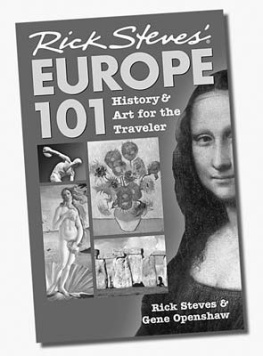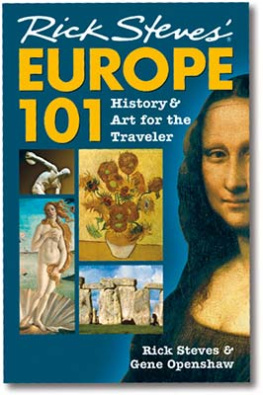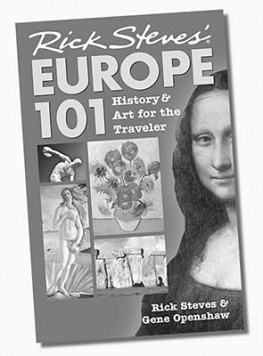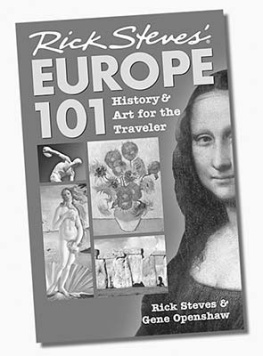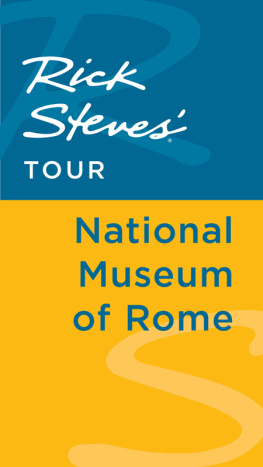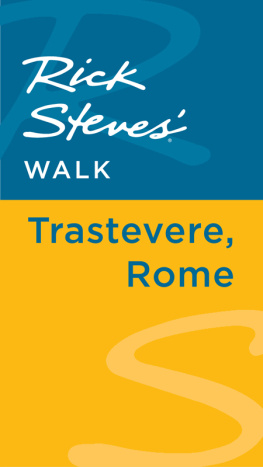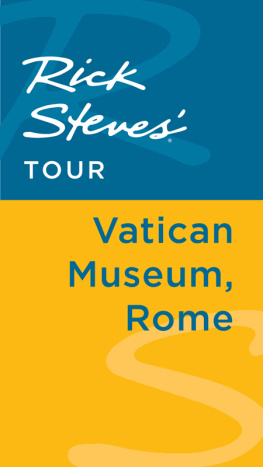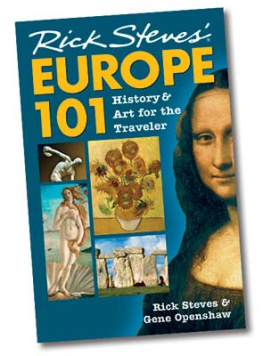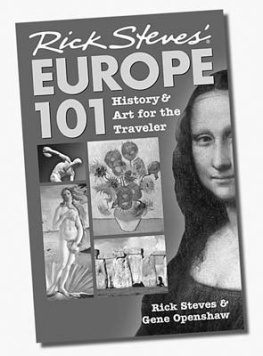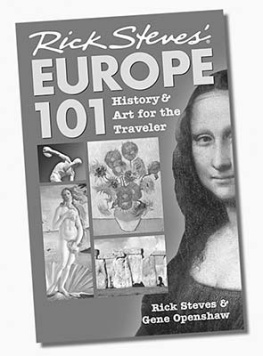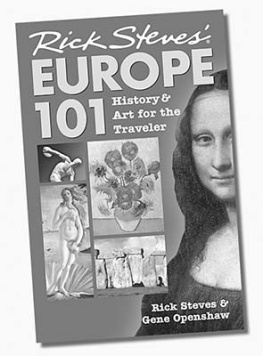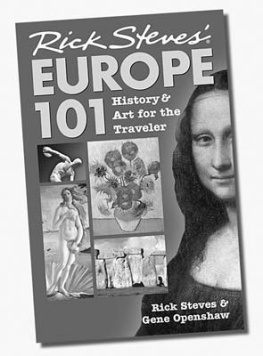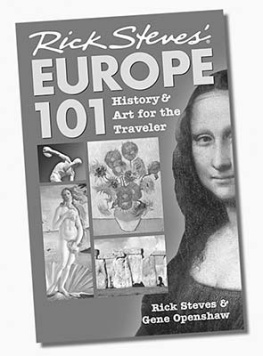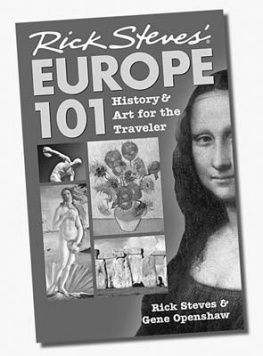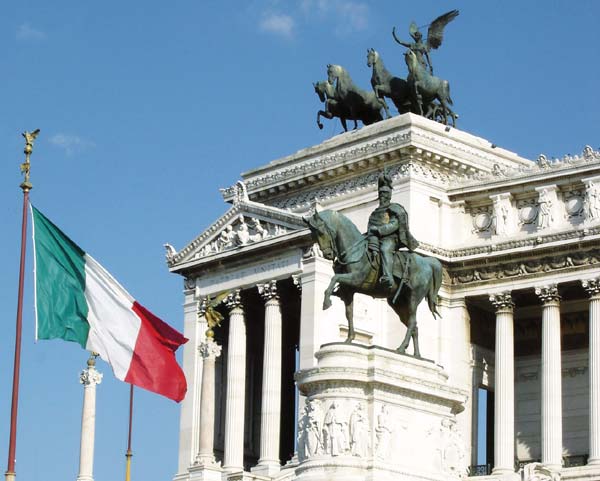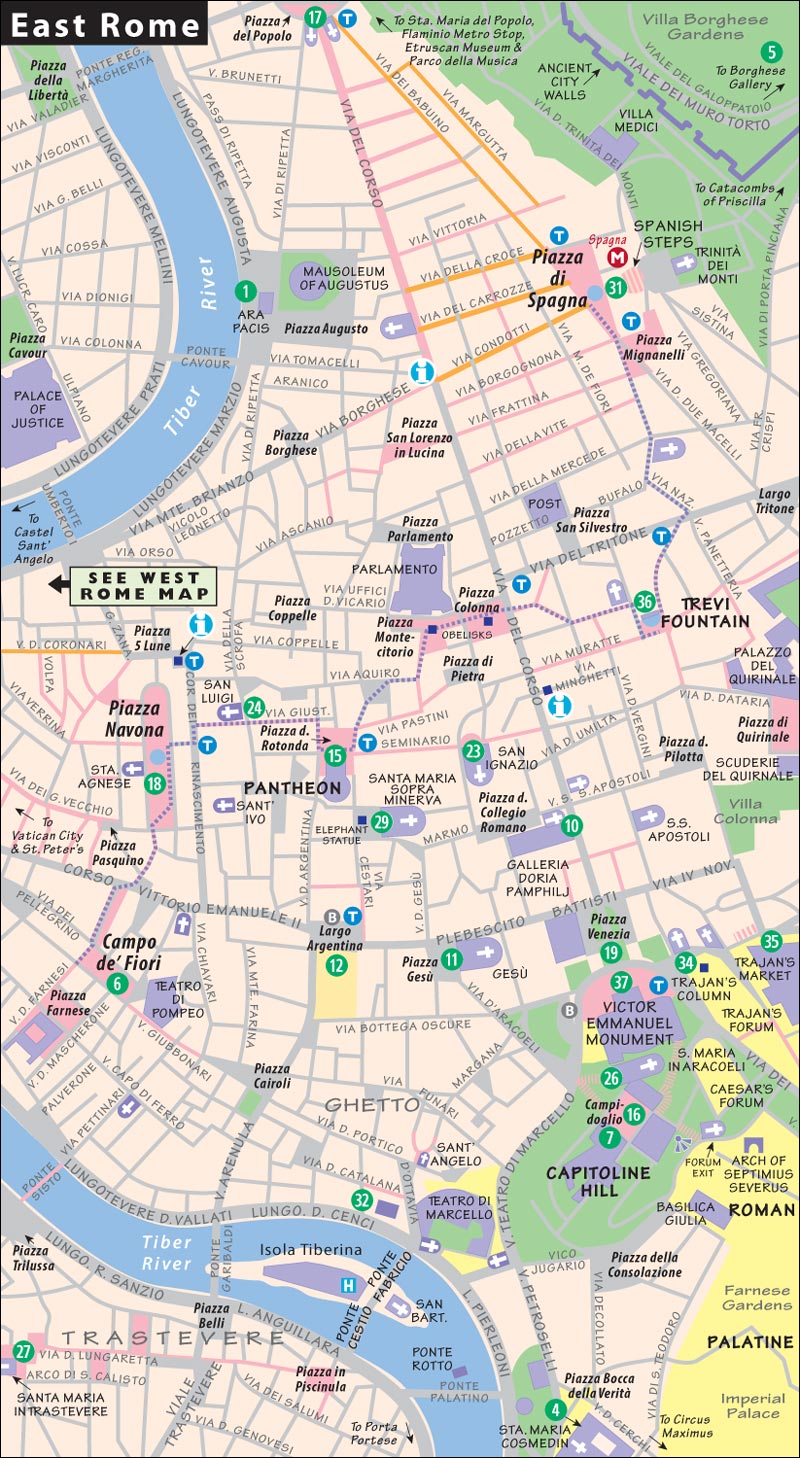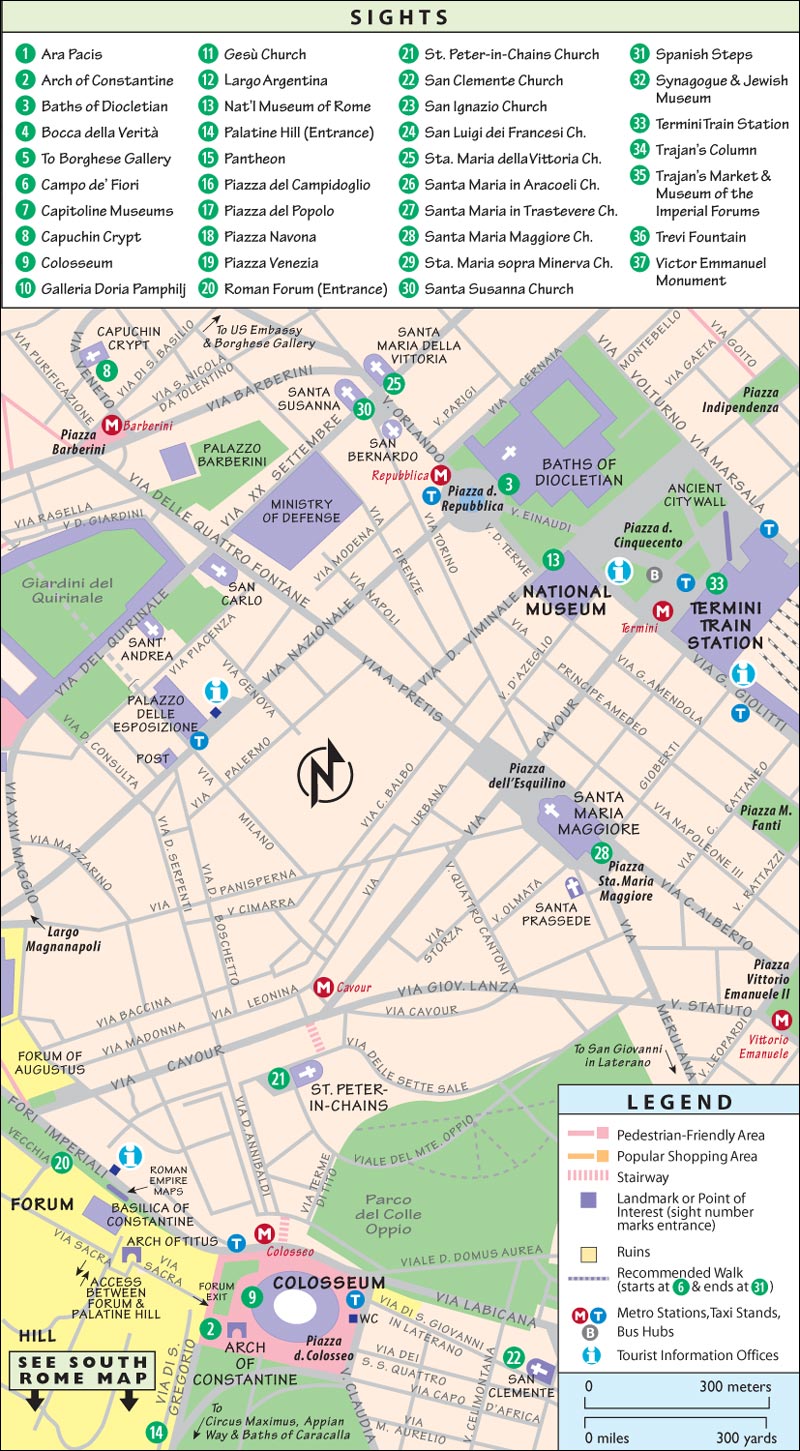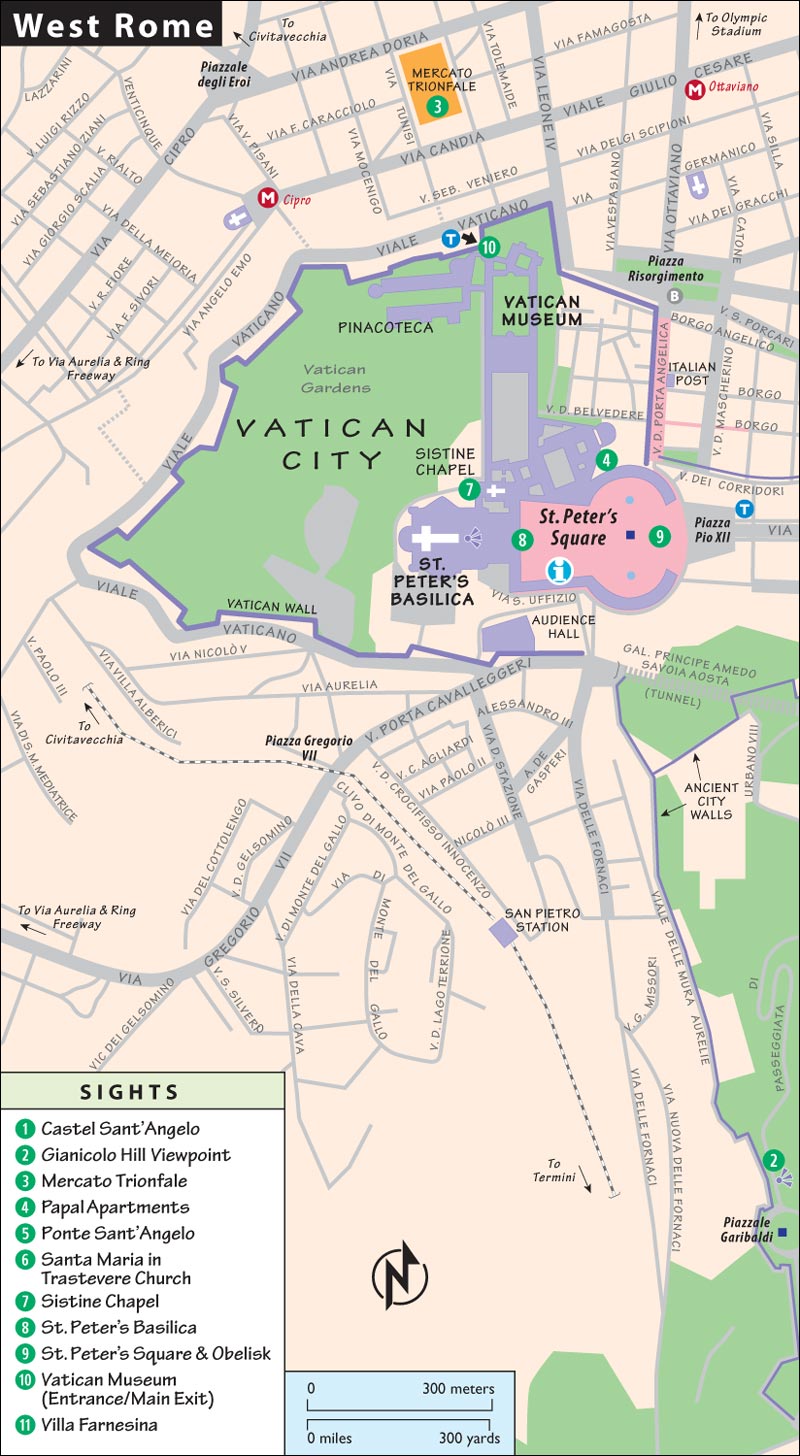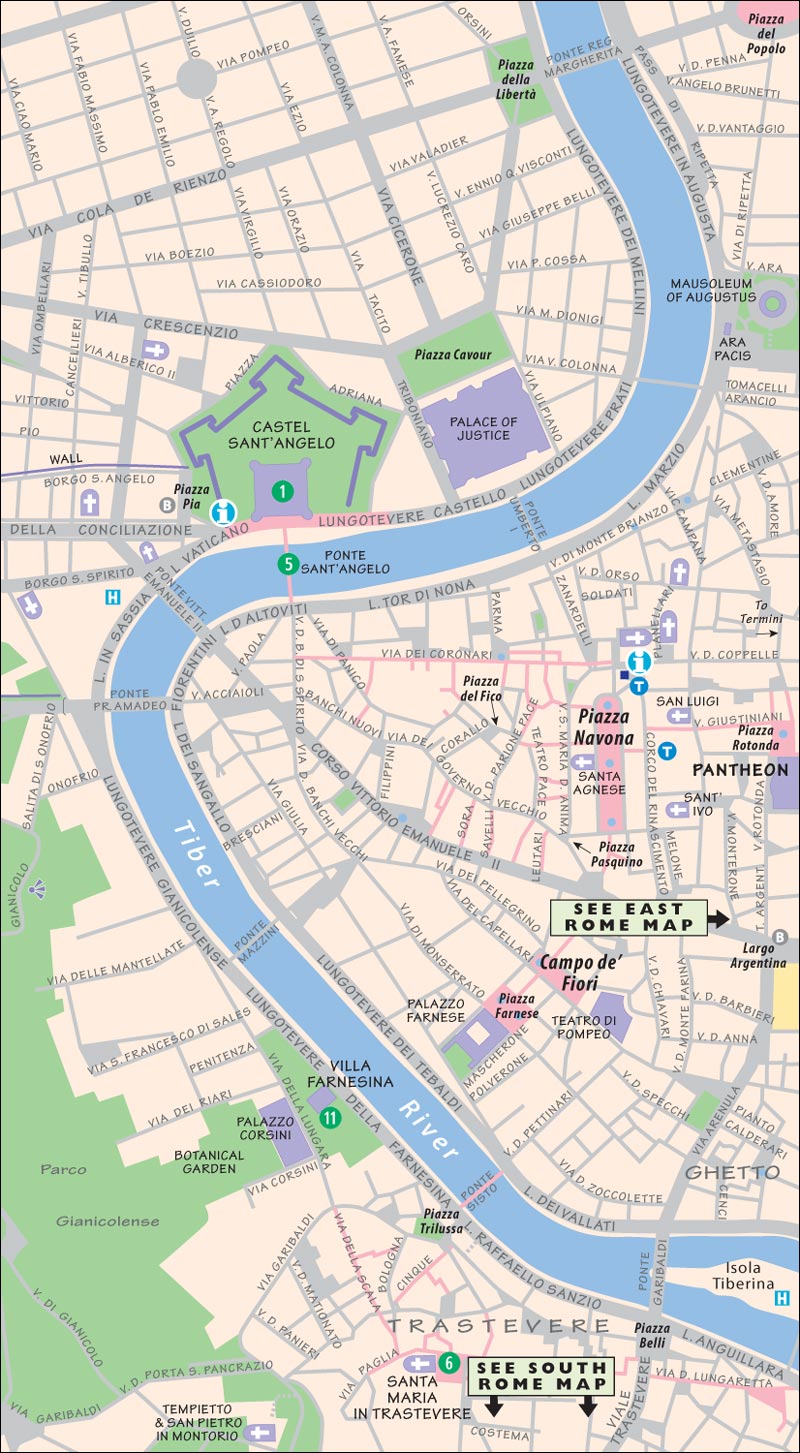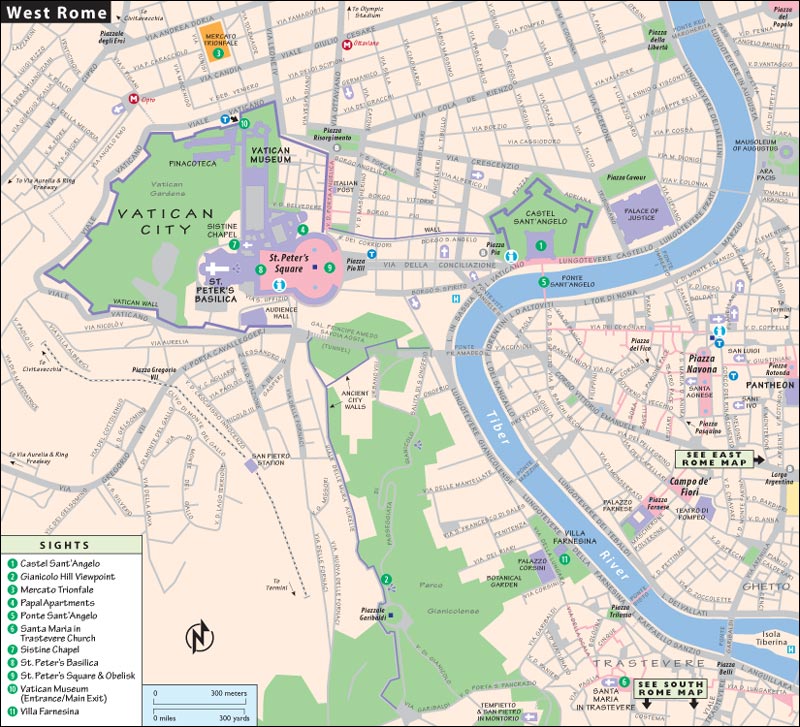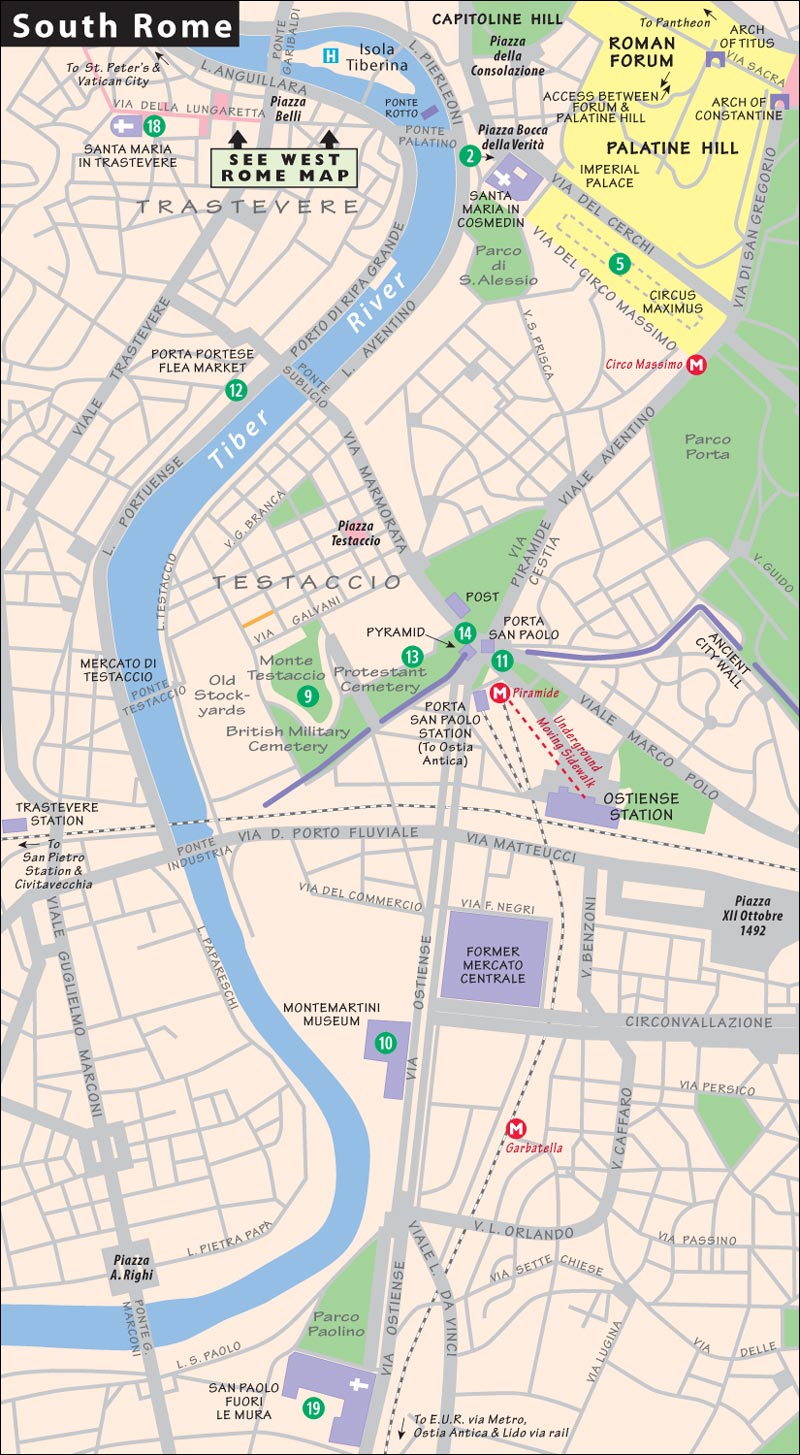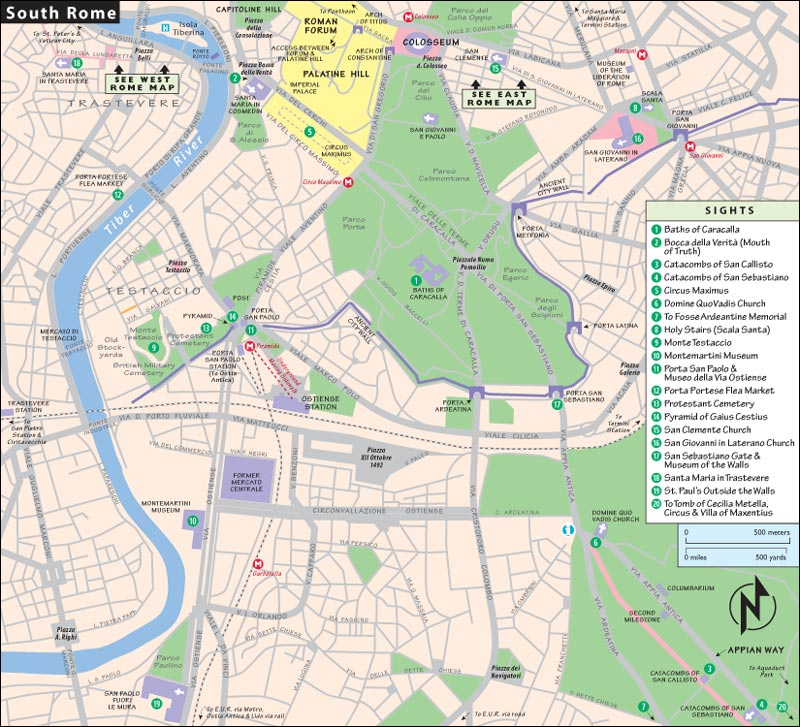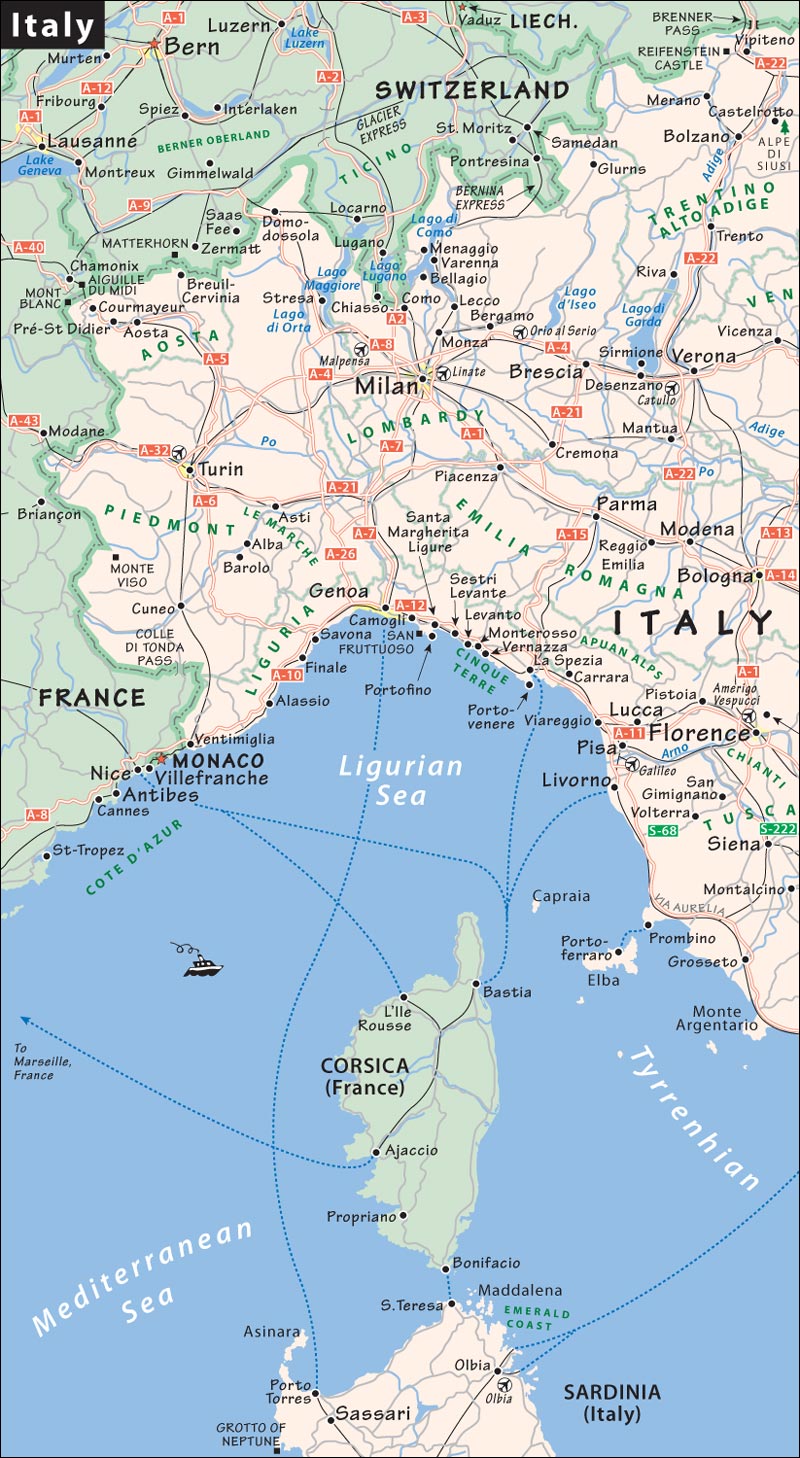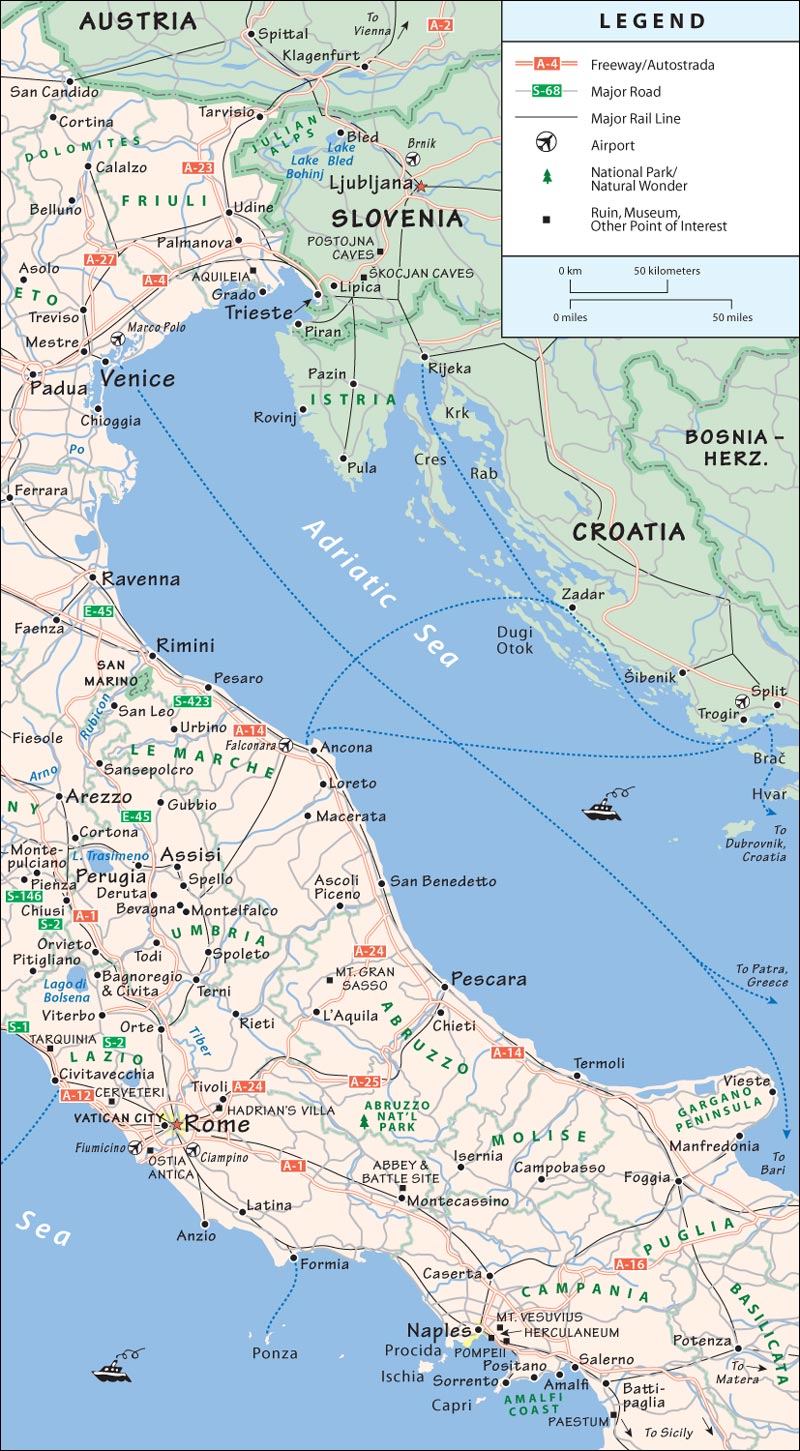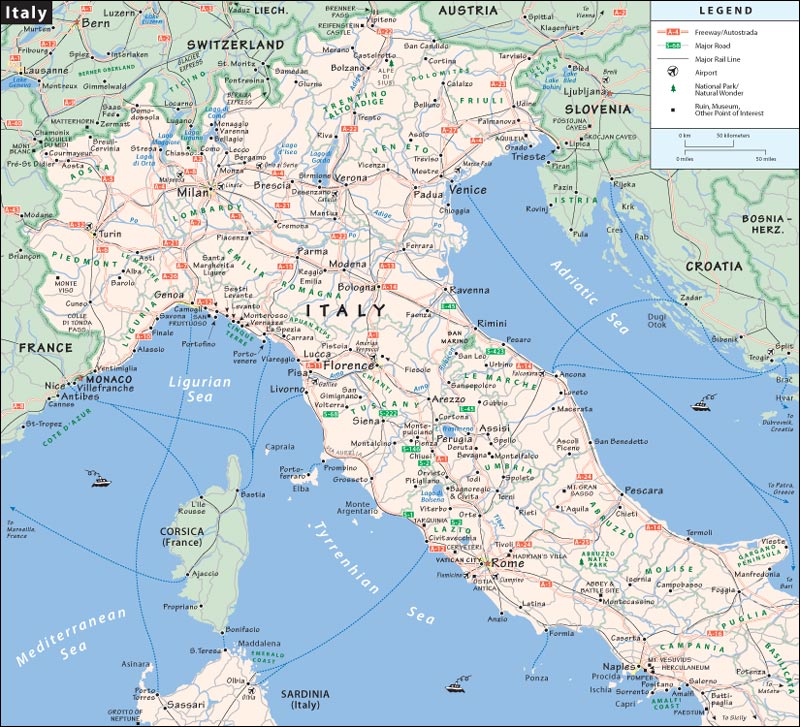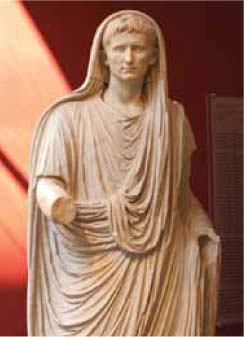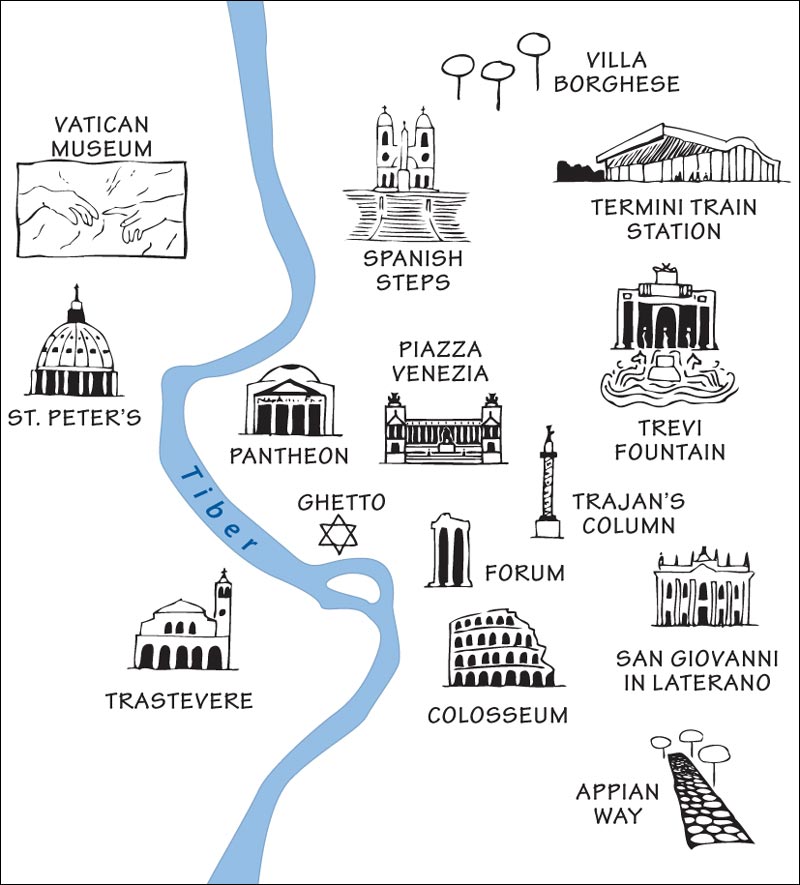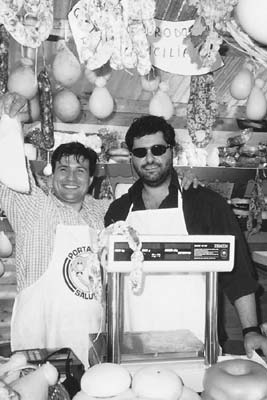Rick Steves'
ROME 2014
Rick Steves & Gene Openshaw
National Museum of Rome
Roman Forum
Dining near the Pantheon
Rick Steves'
ROME 2014
Rome is magnificent and brutal at the same time. Its a showcase of Western civilization, with astonishingly ancient sights and a modern vibrancy. But if youre careless, youll be run down or pickpocketed. And with the wrong attitude, youll be frustrated by the kind of chaos that only an Italian can understand. On my last visit, a cabbie struggling with the traffic said, Roma chaos. I responded, Bella chaos. He agreed.
While Paris is an urban garden, Rome is a magnificent tangled forest. If your hotel provides a comfortable refuge; if you pace yourself; if you acceptand even partake inthe siesta plan; if youre well-organized for sightseeing; and if you protect yourself and your valuables with extra caution and discretion, youll love it. (And Rome is much easier to live with if you can avoid the mid-summer heat.)
For me, Rome is in a three-way tie with Paris and London as Europes greatest city. Two thousand years ago the word Rome meant civilization itself. Everything was either civilized (part of the Roman Empire, Latin- or Greek-speaking) or barbarian. Today, Rome is Italys political capital, the capital of Catholicism, and the center of its ancient empire, littered with evocative remains. As you peel through its fascinating and jumbled layers, youll find Romes buildings, cats, laundry, traffic, and 3.4 million people endlessly entertaining. And then, of course, there are its stupendous sights.
Visit St. Peters, the greatest church on earth, and scale Michelangelos 448-foot-tall dome, the worlds tallest. Learn something about eternity by touring the huge Vatican Museum. Youll find the story of creationbright as the day it was paintedin the restored Sistine Chapel. Do the Caesar Shuffle through ancient Romes Forum and Colosseum. Savor Europes most sumptuous building, the Borghese Gallery, and take an early evening Dolce Vita Stroll down Via del Corso with Romes beautiful people. Enjoy an after-dark walk from Campo de Fiori to the Spanish Steps, lacing together Romes Baroque and bubbly nightspots. Dine well at least once.
Use this legend to help you navigate the maps in this book.
Rick Steves Rome 2014 is a personal tour guide in your pocket. Better yet, its actually two tour guides in your pocket: The co-author of this book is Gene Openshaw. Since our first Europe through the gutter trip together as high school buddies in the 1970s, Gene and I have been exploring the wonders of the Old World. An inquisitive historian and lover of European culture, Gene wrote most of this books self-guided museum tours and neighborhood walks. Together, Gene and I keep this book current (though for simplicity, from this point we will shed our respective egos and become I).
In this book, youll find the following chapters:
Orientation to Rome includes specifics on public transportation, helpful hints, local tour options, easy-to-read maps, and tourist information. The Planning Your Time section suggests a schedule for how to best use your limited time.
Sights in Rome describes the top attractions and includes their cost and hours.
The Self-Guided Walks and Tours lead you through the heart of Rome, connecting the great monuments and atmospheric squares. Youll tour the Colosseum, Roman Forum, Palatine Hill, Capitoline Museums, and the Pantheon. Youll visit the pilgrimage churches, including the grandest of allSt. Peters. Youll see the Vatican Museum, Borghese Gallery, National Museum of Rome, and St. Peter-in-Chains Church. Youll explore Trastevere, the heart of the crusty, colorful neighborhood across the river; learn about the Jewish Ghetto, the citys medieval Jewish quarter; and take a spin on the ancient Appian Way.
Key to This Book
Updates
This book is updated every yearbut once you pin down Italy, it wiggles. For the latest, visit www.ricksteves.com/update. For a valuable list of reports and experiencesgood and badfrom fellow travelers, check www.ricksteves.com/feedback.
Abbreviations and Times
I use the following symbols and abbreviations in this book:
Sights are rated:
| Dont miss |
| Try hard to see |
| Worthwhile if you can make it |
| No rating | Worth knowing about |
Tourist information offices are abbreviated as TIs, and bathrooms are WCs. To categorize accommodations, I use a Sleep Code (described on ).
Like Europe, this book uses the -hour clock. Its the same through 12:00 noon, then keeps going: 13:00, 14:00, and so on. For anything over 12, subtract 12 and add p.m. (14:00 is 2:00 p.m.).
When giving opening times, I include both peak season and off-season hours if they differ. So, if a museum is listed as May-Oct daily 9:00-16:00, it should be open from 9:00 a.m. until 4:00 p.m. from the first day of May until the last day of October (but expect exceptions).

